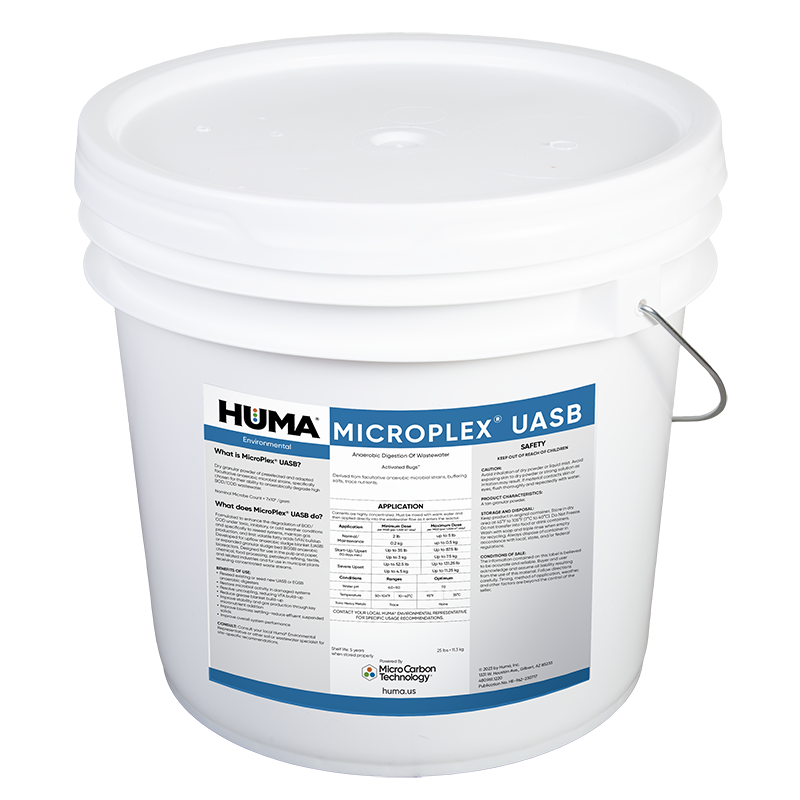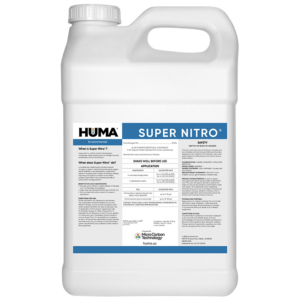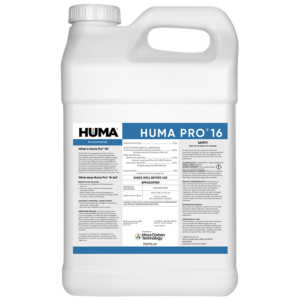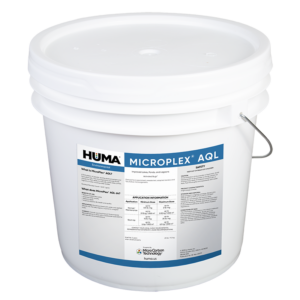MICROPLEX UASB
Benefits of Use:
- Reseed existing or seed new UASB or EGSB anaerobic digesters
- Restore microbial activity in damaged systems
- Resolve uncoupling, reducing VFA build-up
- Reduce grease blanket build-up
- Improve stability and gas production through key micronutrient addition
- Improve biomass settling—reduce effluent suspended solids
- Improve overall system performance
FAQs
Related Products
Related Case Studies

Bio Energizer® Reduces Sludge at Small Municipal Facility
Problem A small town in Utah (pop. 1,800) had a municipal wastewater system with a flow rate of 192,000 gallons per day. The system included a series of four lagoons that tapered to a depth of 6 feet, although at this time only Ponds 1 and 2 were being evaluated for treatment as they were

Bio Energizer® Reduces Sludge at Small N.M. Municipal Facility
Problem A small town in New Mexico (pop. 1,300) had a municipal wastewater system with a flow rate of 50,000 gallons per day. The system included a series of three lagoons that tapered to a depth of 13 feet. Pond 1 had an average sludge depth of 1.9 feet, Pond 2 averaged 3.5 feet, and

Bio Energizer® Reduces Costs and Turbidity in Paperboard Lagoons at Kentucky Papermill Wastewater Facility
Problem A paper mill wastewater facility was treating 940 tons of paper bags, recycled linerboard, and corrugating medium, daily. The mill was interested in improving wastewater operating efficiency and lowering operating expenses over their standard polymer usage. The plant was experiencing filamentous bacteria, solids, and bulking issues in the final clarifier. It was discharging 4,000
Related Blog Posts
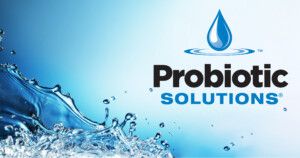
Love Me Some Lagoons!
By Heather Jennings, PE Of all the wastewater lagoon systems I have been to, I’ve never met the same lagoon twice! Many consider lagoons old tech, but they can be very reliable and more stable treatment systems than many of the more sophisticated systems out there. Lagoons, like any wastewater system, should not be left

Lower Operating Costs with Super Phos®
Project Summary A paper mill wastewater treatment facility uses diammonium phosphate to maintain a healthy microbial population. These microorganisms, which break down the organic matter, require the correct concentration of available phosphorus, without which the microorganisms are unable to grow and reproduce.

BHN Sponsors Online Course on Sustainable Organic Agriculture Production
To help increase awareness about sustainable agriculture production, Bio Huma Netics, Inc., (BHN) is sponsoring a FarmProgress course for Certified Crop Advisers (CCAs) and Pest Control Advisers (PCAs) in the United States and Canada. This free online continuing education course, titled “Organic/Sustainable Agriculture Production -2022” aims to help working professionals learn about sustainable farming practices

